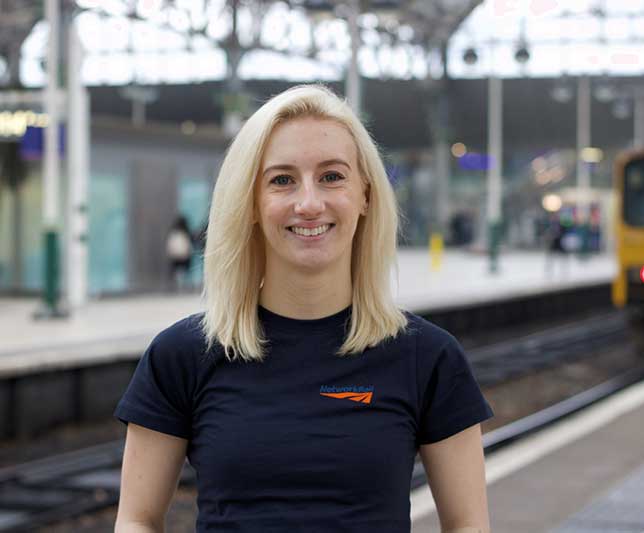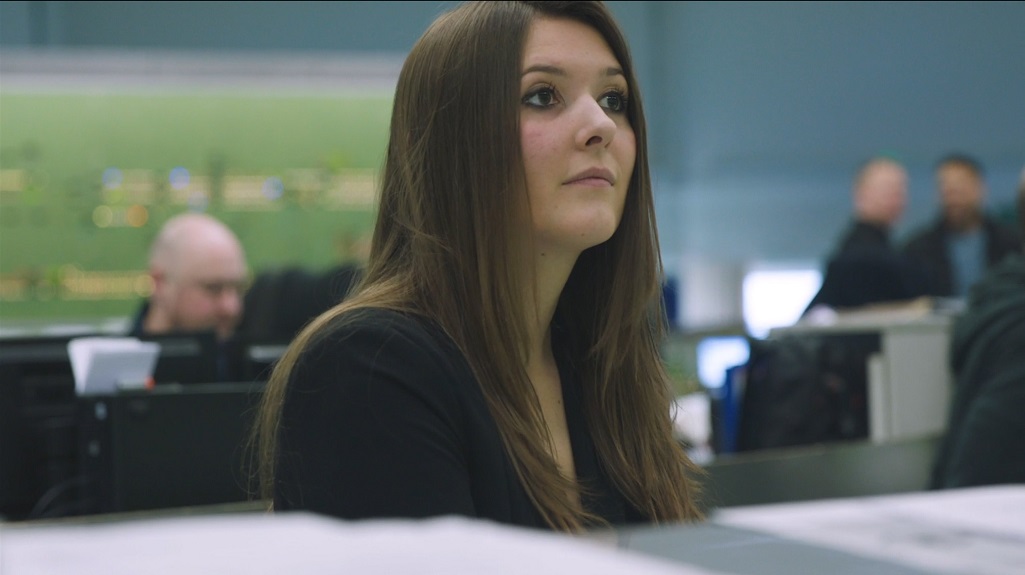Are you looking for a rewarding career as part of one big community? We’re looking for signallers to join us all over Britain.
We’re searching for more people to play an integral part in the safe movement of trains across our network; connecting people, businesses and communities. We’ll provide you with all the training you need to keep our passengers moving.
If you are a former signalling professional, we need your help during the coronavirus outbreak. Find out more.
What will you do?
Your decisions make all the difference. As a signaller, you’ll take great care to make sure trains travel safely and efficiently along your part of the network.
After your initial training, you’ll typically start working within a signal box. The network runs day and night and so you’ll be comfortable working on a shift pattern basis to keep our passengers moving.
Whilst you’ll be part of a signal box team, you’ll also be comfortable with working on your own for long periods of time.

And when things do go wrong, you’ll use your training, problem solving skills and quick thinking to get our passengers moving safely onwards to their destination.
Our signaller community takes great pride in putting our passengers first.
Is this for you?
We recruit signallers from a variety of backgrounds and industries, with the focus more on your personal qualities and behaviours. Whilst no formal experience is required, any work you’ve done which has required concentration, is safety critical and involves communicating with others would stand you in good stead.
Click here to apply or register your interest
How does the broader signalling system work?
Signalling is essentially a sophisticated traffic light system for the railway.
The complexities of moving trains around such a large network, keeping them safely apart, and allowing for their long stopping distances, means the signalling system is very complicated and comprises a great many parts.
The signals themselves are the lineside pieces of equipment that tell train drivers when it is safe to proceed and what route their train will take.
Watch the video to find out what signals do and how they play their part in the running of the railway.




